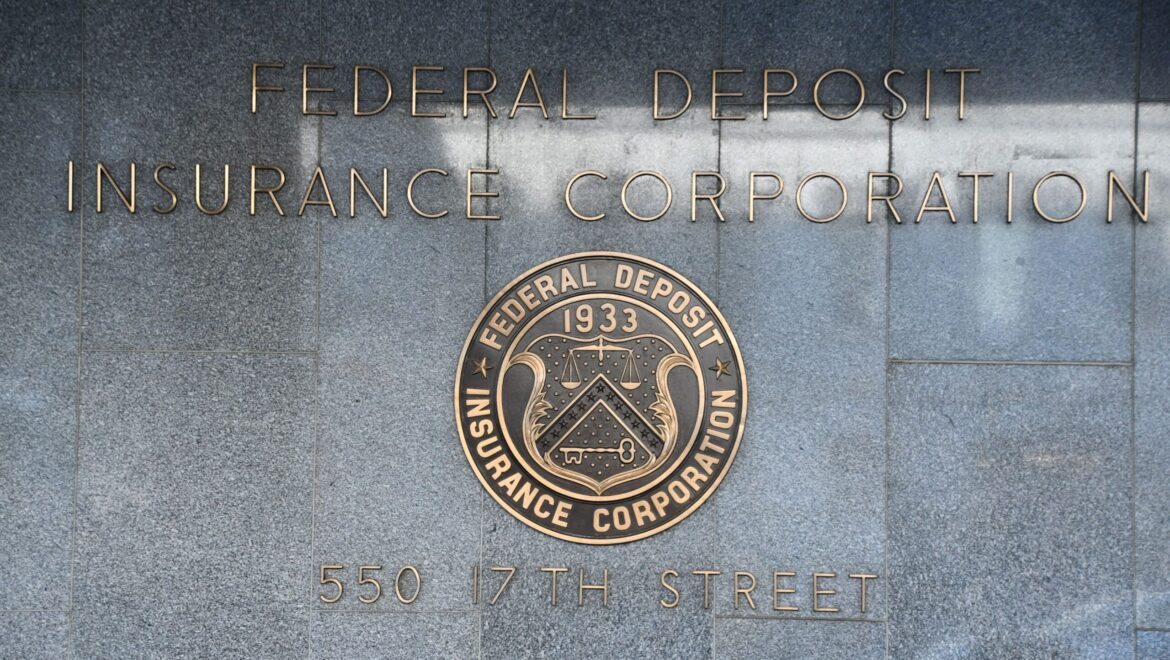29 July 2023 – Insolvency issues force Kansas Based Heartland Tri-State Bank to close
The banking industry faced another setback with the unexpected closure of the Heartland Tri-State Bank in Kansas. This was the latest in a series of bank failures in the United States, raising the count to five in the current year. Officials confirmed the bank’s insolvency on Friday evening, marking a notable event in the U.S. banking sector.
The Kansas Bank Commissioner, David Herndon, made the decisive call when Heartland Tri-State Bank’s assets fell below its liabilities, rendering it insolvent. He entrusted the Federal Deposit Insurance Corporation (FDIC) to step in as the receiver. In a strategic move, the FDIC then transferred ownership to Dream First Bank, another entity within the Kansas financial sector. The new owner assumed the deposits and assets of the failed bank. As part of the purchase, losses and potential recoveries on the loans from the failed bank were shared between the FDIC and Dream First. It is anticipated that all four branches will reopen on Monday July 31 as branches of Dream First Bank, National Association.
The notion of a bank failure is not an isolated incident but rather a reflection of a systemic issue. A bank is declared insolvent when it cannot meet its obligations to its depositors or other creditors, because it is either unable to convert its assets into cash quickly enough or the value of its assets is lower than its liabilities. The process of bank failure often illuminates underlying systemic risks and weaknesses in financial management and regulation.
Contrarily, the statement from Herndon’s office suggested that this unfortunate incident of Heartland Tri-State Bank was more of an exception than a reflection of the overall health of Kansas’ banking industry. Founded in 1985, the bank extended its reach beyond Elkhart, where it was headquartered, with three more branches located in Attica, Arlington, and Rolla. Heartland Tri-State Bank held close to $139 million in total assets, and had $130 million in deposits.
As the ownership was transferred, the depositors of Heartland Tri-State Bank automatically transitioned into becoming Dream First Bank’s clients. This process highlights the corporate liquidation phase following a bank failure, where assets and operations are typically sold off to recover as much value as possible.
Liquidation is an often-complex process where priority of claims is determined by the established legal framework. In the United States, for example, the FDIC has a pivotal role in the event of a bank failure. The Corporation operates to maintain stability and public confidence in the country’s financial system by insuring deposits, examining and supervising financial institutions for safety, and managing receiverships.
In Europe, however, the legal framework for bank liquidation takes a different approach. The European Union implemented the Bank Recovery and Resolution Directive (BRRD) in 2014. This directive allows authorities to intervene earlier to prevent a bank from failing and has a more explicit bail-in system where creditors, based on the hierarchy of claims, are forced to bear some of the burden of the failing bank.
The cost of Heartland Tri-State Bank’s failure, as estimated by the FDIC, is a staggering $54.2 million, which will be absorbed by the Deposit Insurance Fund (DIF). This adds to the list of U.S. bank failures in 2023, including the downfall of First Republic Bank, Signature Bank, Silicon Valley Bank, and Silvergate Bank. It’s worth noting that this marks a significant increase, as there were no recorded bank failures in 2021 or 2022.
Overall, the closure of Heartland Tri-State Bank reminds us of the importance of financial stability, and serves as a case study in understanding the intricate processes of bank failures, corporate liquidation, and the contrasting legal frameworks across the globe. While the systems and processes differ between regions such as the United States and Europe, their ultimate goal remains the same – safeguarding depositors and maintaining trust in the banking system.

